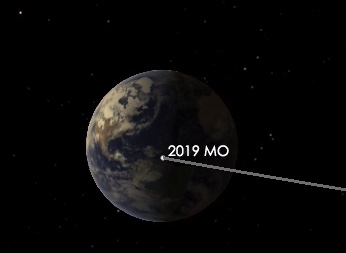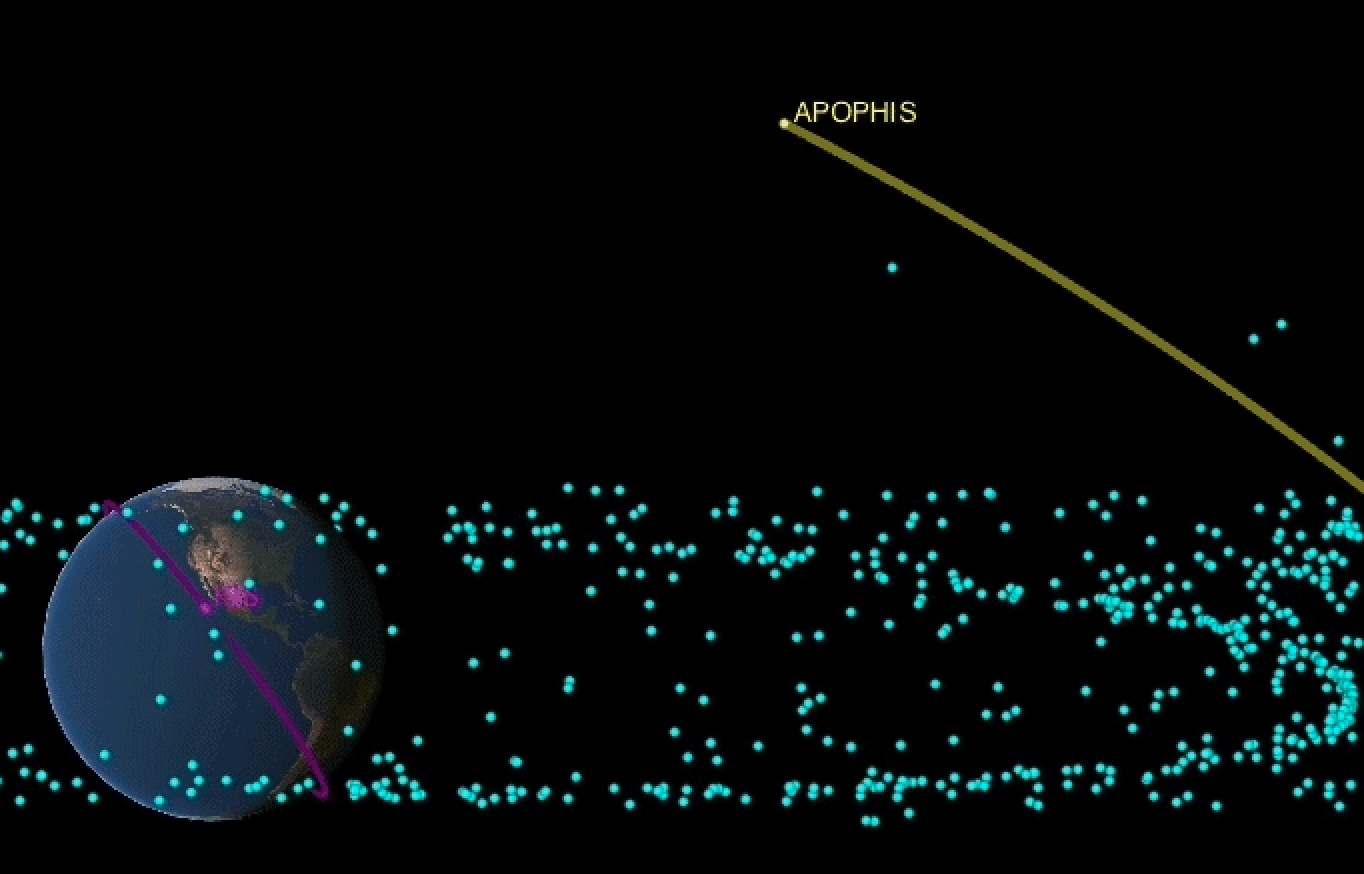Small Asteroid to Safely Fly by Earth
Small Asteroid to Safely Fly by Earth A relatively small asteroid, about 4 to 8 meters in diameter, will fly safely past Earth just before 3pm today, Apr. 28 (Eastern U.S. time). NASA is tracking the object, but orbit calculations ruled out any chance that the near-Earth object could pose a threat to our planet. NASA CNEOS Go to SourceRead More →



















